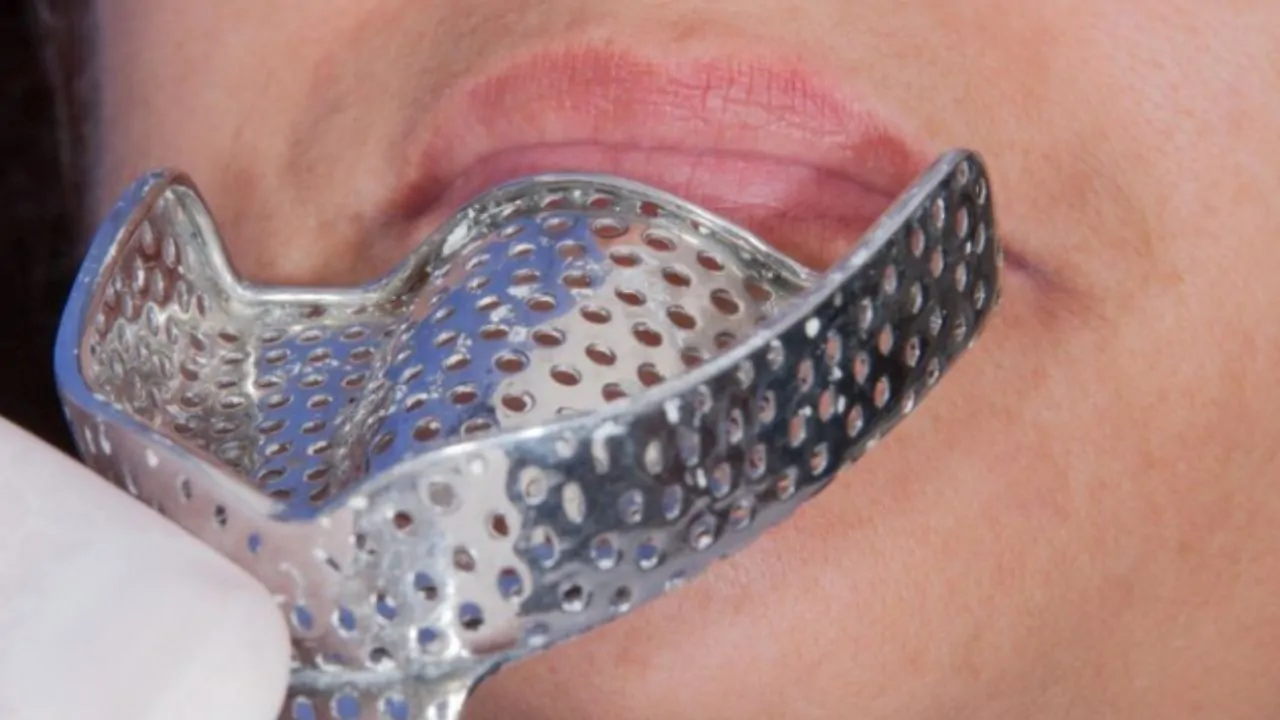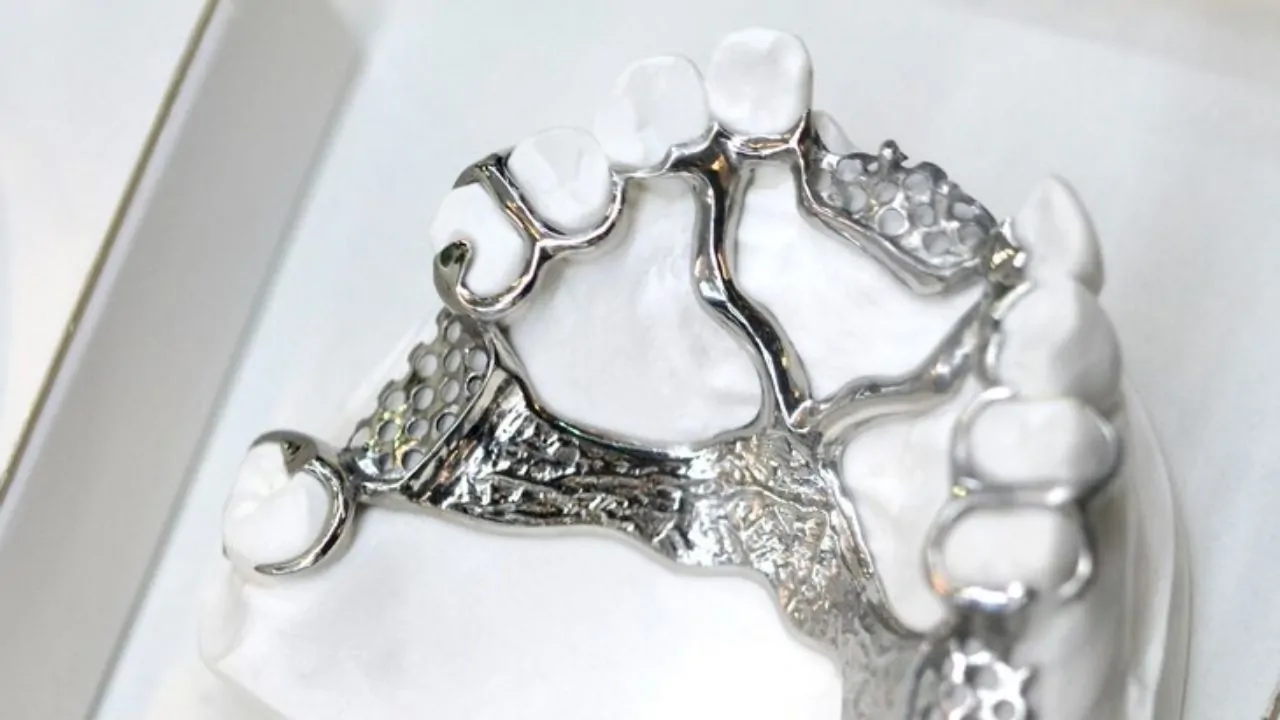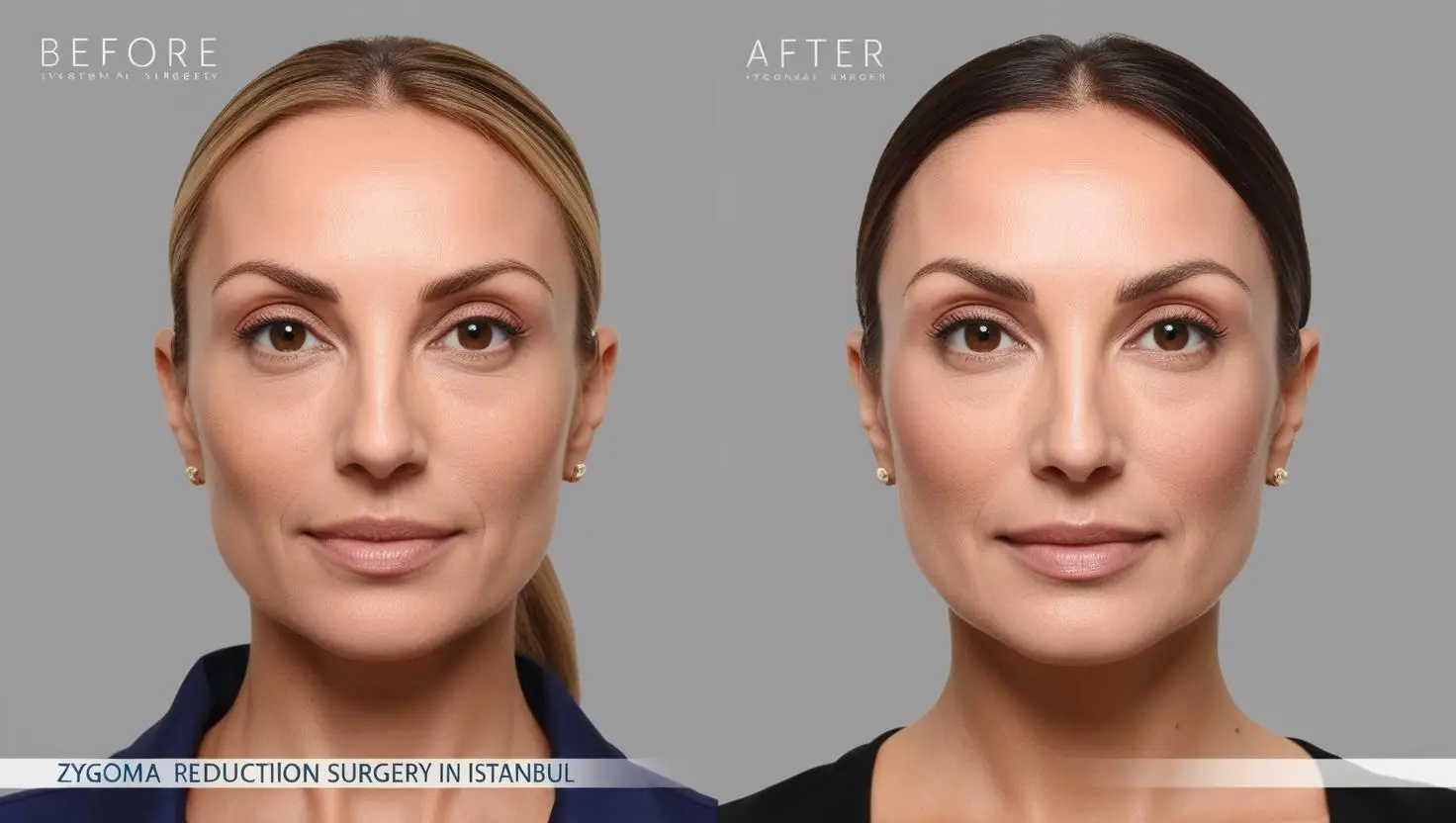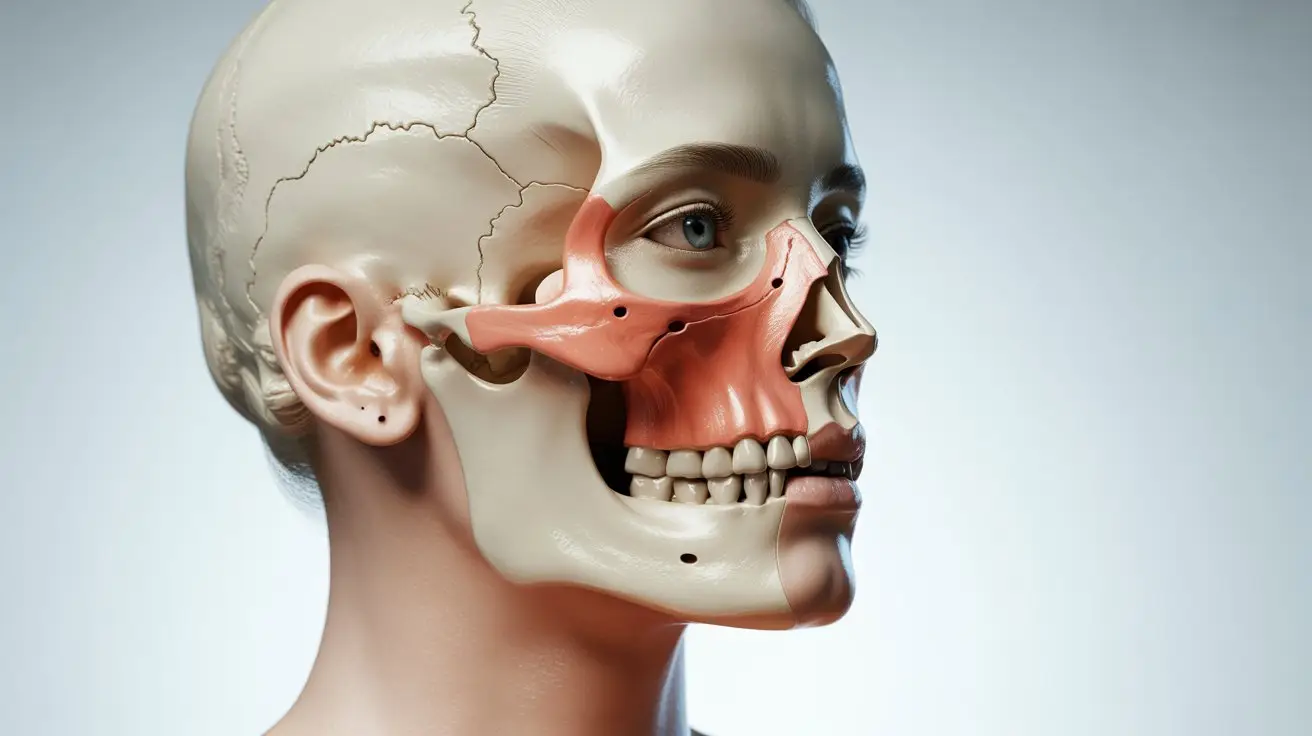Facial surgery with metal implants is performed to correct congenital deformities, enhance facial features, and improve aesthetic appearance. Biocompatible metals, such as titanium, are used in this surgical procedure, ensuring that the results are permanent.
Jaw skeletal structure disorders can arise due to congenital anomalies, diseases, or trauma. There are different surgical procedures for treating these disorders, with metal facial implants being used in many of them. In this article, you will find detailed information about facial surgery with metal implants.
What are Metal Implants in Facial Surgery?
In facial surgery, metal implants are used to restore lost bone and tissue in the face, define facial contours, and improve aesthetic appearance. These materials, made from biocompatible substances such as titanium, pose no health risks, providing a safe solution.
When treating problems in the upper and lower jaws, the use of implants becomes almost inevitable. This is because the lower jaw is mobile, and in order for the treatment applied to the bones to be permanent, fixation is necessary. This fixation is achieved with metal implants. The entire process is referred to as facial surgery with metal implants.
When Are Metal Implants Used in Facial Surgery?
Facial implant surgery with metal implants is used to address various conditions. Some common situations include:
- Treatment of congenital or acquired facial asymmetry using metal implants.
- Correction of jaw misalignment and closure issues, particularly in the upper and lower jaws.
- Repair of fractures in the jaw and facial bones.
- Treatment of congenital asymmetry and shape abnormalities.
- Restoration of volume loss in the face due to aging, disease, or trauma.
These implants are most commonly used in orthognathic surgery, a field that focuses on correcting skeletal and dental abnormalities. Metal implants are commonly used in procedures for treating problems in the upper and lower jaws and the jaw joint.

Types of Metal Implants Used in Facial Surgery
Various types of metal implants are used in facial surgery. The details of these types are shown in the table below:
| Implant Type | Description |
| Titanium | Known for high biocompatibility, lightness, durability, and strength. Commonly used in the upper and lower jaws, around the eyes, and in the jaw joint. |
| Titanium Alloys | Made by adding other metals to titanium. Used in areas that undergo higher stress and pressure, such as certain parts of the upper and lower jaws. |
| Stainless Steel | Although strong, it is not as biocompatible as titanium. Not commonly used in facial surgery with metal implants. |
| Magnesium Alloys | These materials are absorbed by the body over time and are typically used in experimental stages or when temporary stabilization is needed. Not widely used. |
| Titanium Mesh | Frequently used in bone reconstruction. It is flexible and biocompatible. |
How Is Facial Surgery with Metal Implants Performed?
In facial surgery with metal implants, treatments are planned specifically for each patient. Custom-made implants are used in many cases, though in some situations, standard metal implants may suffice. Facial surgery with metal implants consists of several stages, as outlined below:
Evaluation and Planning
Initially, the patient’s condition is assessed. Issues like fractures, deformities, and abnormalities in the upper or lower jaw are examined. The suitability of the patient for this procedure is determined.
After confirming the patient is a suitable candidate for the treatment, imaging techniques such as X-rays and computed tomography (CT) scans are used to plan the surgery.
Anesthesia Operation
The procedure is usually performed under general anesthesia. The patient is fully sedated to prevent discomfort during the surgery. Local anesthesia may rarely be used.
Incision
Incisions are made depending on the scope of the procedure, typically inside the mouth or at an appropriate location. For surgeries involving the lower jaw, chin, or upper jaw, incisions inside the mouth are typically sufficient. However, incisions may also be made at other sites based on the procedure.
Surgical Procedure
After the incisions, the surgical procedures begin. These vary depending on the case. Metal implants are used to align fractured bones or reshape them. Metal plates and screws are used to stabilize the bones, facilitating the healing process.
Control Period
The results of the surgical procedures are carefully examined, as even small errors can negatively impact the jaw’s movement or cause other issues.
Stitches
In the final stage, the incisions are closed with stitches, typically dissolving stitches that do not require removal. Swelling, pain, and bruising may occur after surgery, but these are normal effects that subside over time.
Since facial surgery with metal implants is planned individually for each patient, these steps may vary.
These procedures require advanced expertise. Patients must select qualified doctors to achieve the desired results. While there are many prominent facial implant surgeons, Prof. Dr. Celal Çandırlı is known for his experience in this field. For more information about facial surgery with metal implants, you can contact him.

Advantages of Facial Surgery with Metal Implants
Facial surgery with metal implants offers several advantages, which vary based on the patient and the procedure. The main benefits include:
- Treatment with plates and screws ensures that the issues are resolved permanently.
- The stabilization of bones with metal implants reduces the risks during the recovery process and positively impacts the healing time.
Risks of Facial Surgery with Metal Implants
Oral and maxillofacial surgeries involving metal implants come with certain risks, which include:
- Infection
- Bleeding
- Unsuccessful results
- Allergic reactions
- Nerve damage
- Scarring
These risks are generally manageable and the likelihood of their occurrence is low. With proper technique and an experienced surgeon, patients can undergo these procedures safely.
Prices for Facial Surgery with Metal Implants
Since facial surgery with metal implants is customized for each patient, it is difficult to provide exact pricing information. However, factors such as the surgeon’s experience, the scope of the procedure, the clinic’s pricing policies, and the implants used all influence the costs.
Frequently Asked Questions About Facial Surgery with Metal Implants
Here are some frequently asked questions regarding facial surgery with metal implants:
How is facial surgery with metal implants performed?
Facial surgery with metal implants is tailored to each patient. In some cases, orthodontic treatment is applied before surgery. Then, surgical procedures are performed to correct abnormalities in the facial and jaw skeleton.
Who is suitable for facial surgery with metal implants?
This procedure in Celal Candirli clinic is intended for people with issues such as fractures, misalignments, or abnormalities in the jaw and facial bones. Metal implants are used to stabilize the jawbones during the surgery.
How long does orthognathic surgery take?
Orthognathic surgery, where metal implants are commonly used, takes approximately 3 hours. Depending on the procedure, it may take 4 hours or longer.
Can metal facial implants be removed?
Metal implants used in facial surgery are not removed later. They remain under the tissue, causing no allergic reactions due to their biocompatibility.
What is the best metal facial implant?
The best type of metal implant depends on the patient’s treatment needs. In some cases, custom-made implants are used, so the “best” implant can vary according to the patient’s specific requirements.





